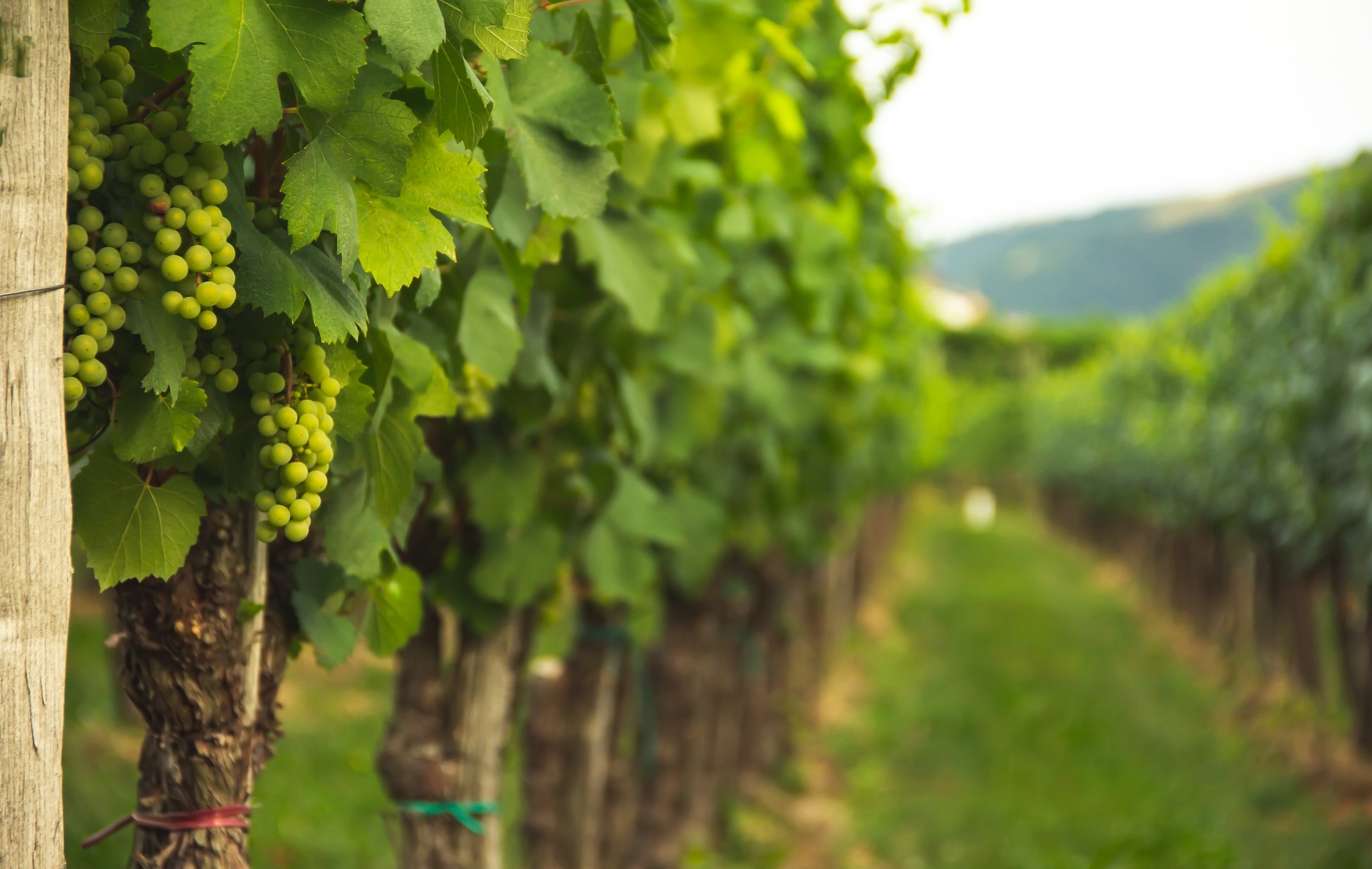
Carbon Removal Frequently Asked Questions.
-
Recent research has highlighted inertinite, a durable component found in some biochars, which significantly increases carbon storage time to thousands of years. The ancient Terra Preta soils in the Amazon demonstrate this long-lasting effect, still retaining carbon to this day. However, it's crucial to understand that biochar quality varies considerably. The longevity of carbon storage depends heavily on the original materials used and how the biochar is produced. Not all biochars will have the same long-lasting impact.
-
Slow pyrolysis, direct air capture (DAC), and other negative emission technologies (NETs) all have the potential to mitigate climate change by removing carbon dioxide (CO2) from the atmosphere. However, they differ in their approaches, efficiency, costs, and scalability. The slow pyrolysis method is scalable, transportable, efficient, continual, feedstock agnostic, economic, reliable, and creates high-quality, durable biochar which relates to high-quality, durable CDR.
-
In nearly all studies, biochar increases crop productivity and yield by providing a stable source of moisture and nutrients to the soil microbiome. When this transpires, biology is activated and maintained so that microbial processes capture and store more CO2. This does all depend largely on the type of biochar, soil characteristics, and how the biochar is applied.
-
Increased microbial activity increases the production of the gums and polysaccharides that bind soil particles together to create better soil structure. Better soil structure allows the soils to hold together when exposed to moving water. Biochar also supports the soil microbiome, creating stable moisture and nutrient availability for microbial growth. Soil microbes then produce the “glue” that binds soil particles together thereby reducing soil erosion.
-
Biochar is considered a high-quality carbon dioxide removal (CDR) method due to the following unique characteristics.
1) Long-term carbon sequestration: Biochar is a stable carbon compound that can remain in the soil for hundreds or even thousands of years. This long-term carbon sequestration makes biochar a reliable way to remove carbon dioxide from the atmosphere.
2) Soil improvement: Biochar has many beneficial properties for soil health, including increased water retention, improved nutrient retention, and enhanced microbial activity. By improving soil health, biochar can also help to mitigate other environmental problems, such as erosion and nutrient depletion.
3) Renewable and sustainable: Biochar can be produced from a wide range of biomass sources, such as agricultural waste, forestry residues, and energy crops. The production of biochar is often part of a larger process of sustainable land management, such as reducing waste and improving soil fertility.
4) Energy production: Biochar production can also generate energy in the form of heat and biofuels. This co-benefit can increase the economic viability of biochar production and make it a more attractive option for carbon sequestration.
5) Low emissions: Biochar production emits relatively low levels of greenhouse gases, such as carbon dioxide and methane, compared to other biomass-to-energy technologies. This makes biochar a low-emission carbon sequestration method that can contribute to reducing overall greenhouse gas emissions.
-
In most cases no, depending on how it is incorporated and mixed into the soil. Repeated tractor passes would be the source of compaction, so if many passes to incorporate the biochar were made, compaction might be increased. In general, biochar application should decrease soil compaction by improving soil structure.
-
Biochar will support and sustain the earthworm life cycle as it creates stable moisture and nutrient conditions in the soil that are conducive to worm life.
-
Biochar production involves heating biomass in a low-oxygen environment, a process known as pyrolysis. Pyrolysis does not involve the burning of materials, and therefore does not release pollutants into the air like traditional combustion processes.
-
In a closed system pyrolysis process, biomass is heated in a low-oxygen environment, causing it to decompose into biochar and syngas. The process occurs within a sealed reactor vessel, which prevents oxygen from entering and reacting with the biomass. The biochar can then be used for various purposes, such as soil amendment or energy production, while the syngas can be used as a fuel or further processed into other chemicals.
In contrast, gasification is a process that converts biomass or other carbon-based materials into a synthetic gas (syngas) that can be used as a fuel. Gasification involves heating the biomass in the presence of a limited amount of oxygen, causing it to decompose into syngas and ash. The syngas can then be burned to generate heat or electricity.
Open-air pyrolysis, also known as traditional or uncontrolled pyrolysis, involves heating biomass in the presence of air, causing it to combust and generate heat, light, and gases such as carbon dioxide and carbon monoxide. The process is often used for cooking or heating in developing countries and can result in significant emissions of greenhouse gases and other pollutants.
Compared to gasification and open-air pyrolysis, closed system pyrolysis offers several advantages, including greater control over the process, higher yield of biochar, and lower emissions of greenhouse gases and other pollutants. Closed system pyrolysis can also produce a high-quality biochar that can be used for soil improvement and long-term carbon sequestration, making it an attractive option for climate change mitigation.
-
The amount of CO2 equivalent carbon emissions associated with a ton of feedstock processed in a closed system pyrolysis process can vary depending on several factors, such as the type of feedstock used, the efficiency of the pyrolysis process, and the energy source used to power the process. However, Sitos has experienced a recurring 3:1 ratio of CO2 and biochar.
-
While biochar has many potential benefits, there are several reasons why large companies may be hesitant to invest in the space.
Lack of awareness: Biochar is a relatively new technology, and many companies may not be aware of its potential applications and benefits.
Lack of infrastructure: The infrastructure to produce, transport, and store biochar is not yet well-developed, which may make it difficult for companies to incorporate it into their existing operations.
Uncertain markets: There is currently no established market for biochar, which makes it difficult for companies to predict demand and potential profits.
Regulatory barriers: Biochar is a relatively new technology, and regulatory frameworks may not yet be in place to facilitate its production and use.
Despite these challenges, Sitos is investing in biochar research and development. As the technology becomes more widely recognized and its potential benefits are realized, we hope to see increased investment and adoption of biochar in various industries.
-
The state of California alone produces 40,000,000 tons of organic waste per year. These organic waste materials come from local almond shellers, vineyards, orchards, and other agricultural activities and supply Sitos with enough feedstock to sustain megaton status.
-
There are several other potential uses for biochar beyond its use as a soil amendment for carbon sequestration.
Filtration: Biochar can be used as a filtration material for air and water purification. It has a high surface area and porosity, which make it effective at trapping pollutants and contaminants.
Clean energy production: Slow pyrolysis, the process used to make biochar, can be used for heating or electricity generation.
Animal feed additive: Biochar has been found to have beneficial effects on animal health and growth when added to feed. It can improve nutrient absorption and reduce the incidence of digestive disorders.
Construction material: Biochar can be mixed with concrete to create a lightweight and insulating material that also has a reduced carbon footprint compared to traditional concrete.
These are just a few examples of the many potential uses for biochar beyond its use in soil amendment.
-
Biochar is a stable, carbon-rich material derived from organic matter. It is known for its porous structure, which provides a large surface area, and its ability to enhance soil health and sustainability. Biochar is used as a soil amendment in agriculture and gardening to improve soil structure, increase water retention, promote nutrient retention and cycling, enhance microbial activity, and sequester carbon. It is a valuable tool for sustainable farming practices and environmental conservation.
Porosity and Surface Area:
Biochar has a highly porous structure with a large surface area. This porous nature is a result of the pyrolysis process used to create biochar, which preserves the internal structure of the original biomass.
Regular charcoal and ash do not have the same degree of porosity or surface area. Ash is the residue left behind when organic matter is completely burned, and it typically has a limited surface area. Regular charcoal, while porous, does not have the same level of porosity as biochar.
Carbon Sequestration:
Biochar is an effective means of carbon sequestration, meaning it can capture and store carbon from the atmosphere in a stable form for an extended period. When biochar is added to soil, it helps sequester carbon, reducing greenhouse gas emissions.
Regular charcoal and ash do not have the same capacity to sequester carbon in the same way as biochar.
Soil Amendment Properties:
Biochar is primarily used as a soil amendment. When incorporated into soil, it can improve soil structure, water retention, toxin reduction, and nutrient availability. It also enhances microbial activity in the soil, which can benefit plant growth.
Regular charcoal and ash are not typically used as soil amendments in the same manner as biochar. Ash, in fact, can alter soil pH and nutrient balance, potentially having negative effects on plant growth.
Longevity:
Biochar is known for its long-term stability in soil. It can remain in the soil for hundreds to thousands of years, serving as an effective carbon sink.
Regular charcoal and ash do not have the same long-term stability in soil and will eventually break down or wash away.

All questions are welcome!

